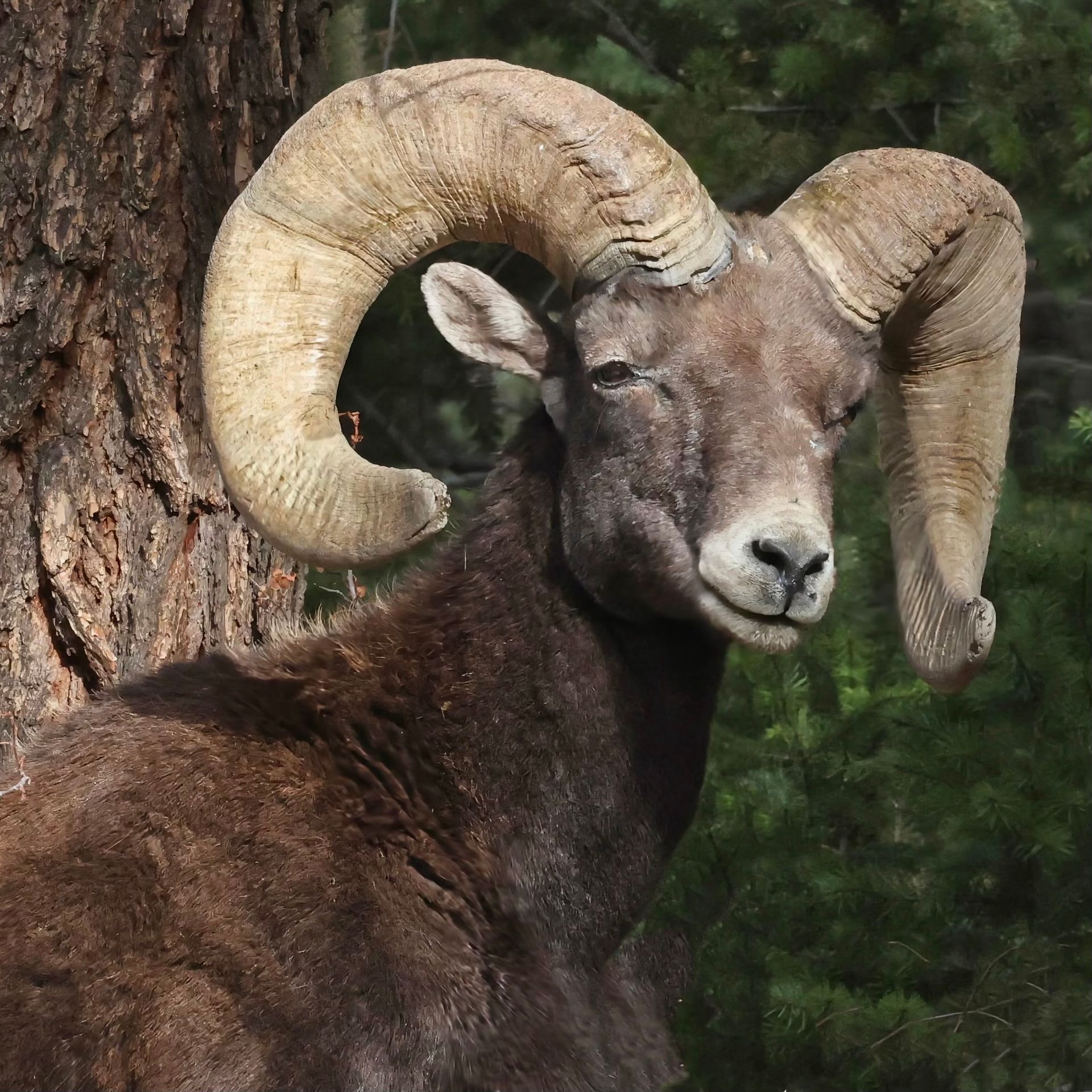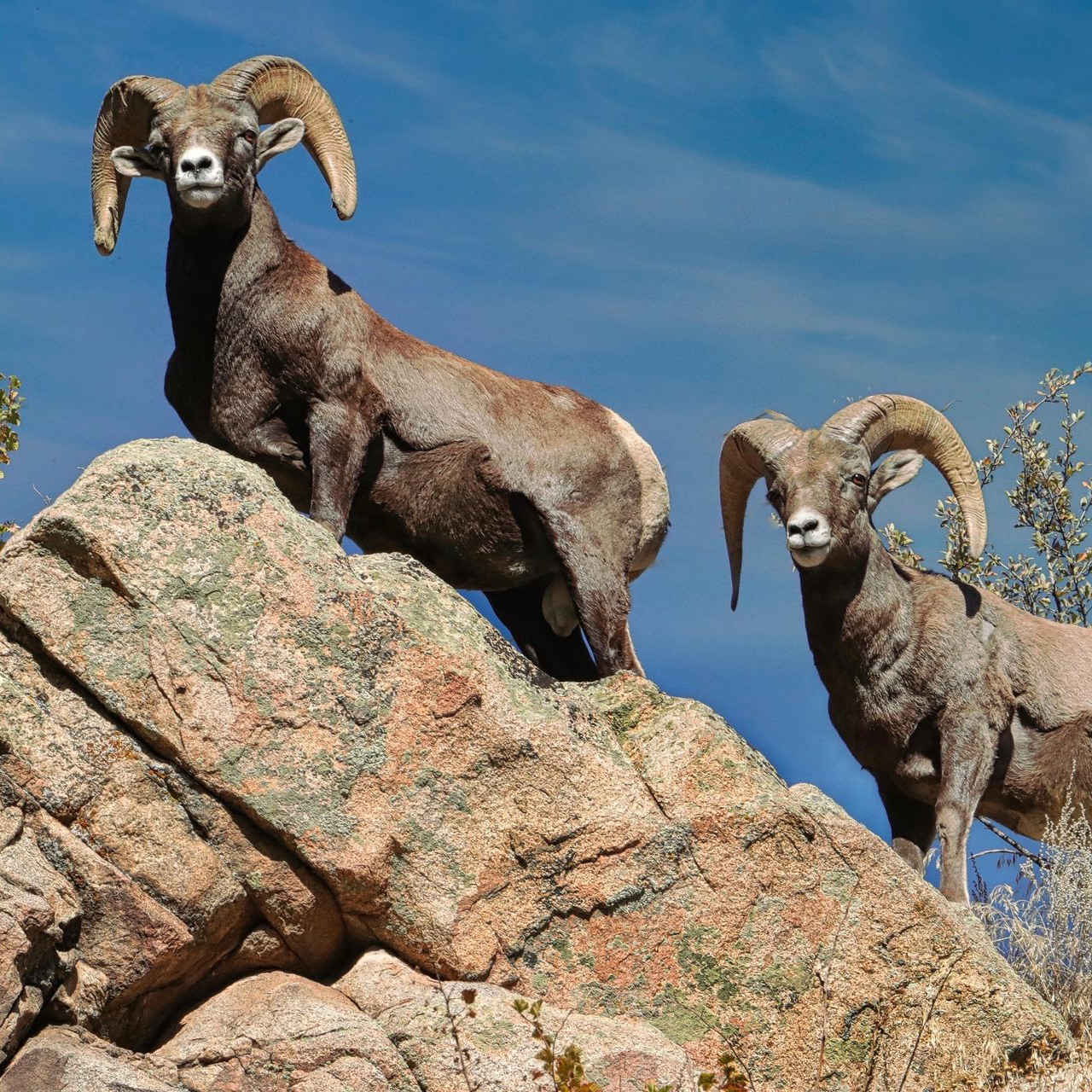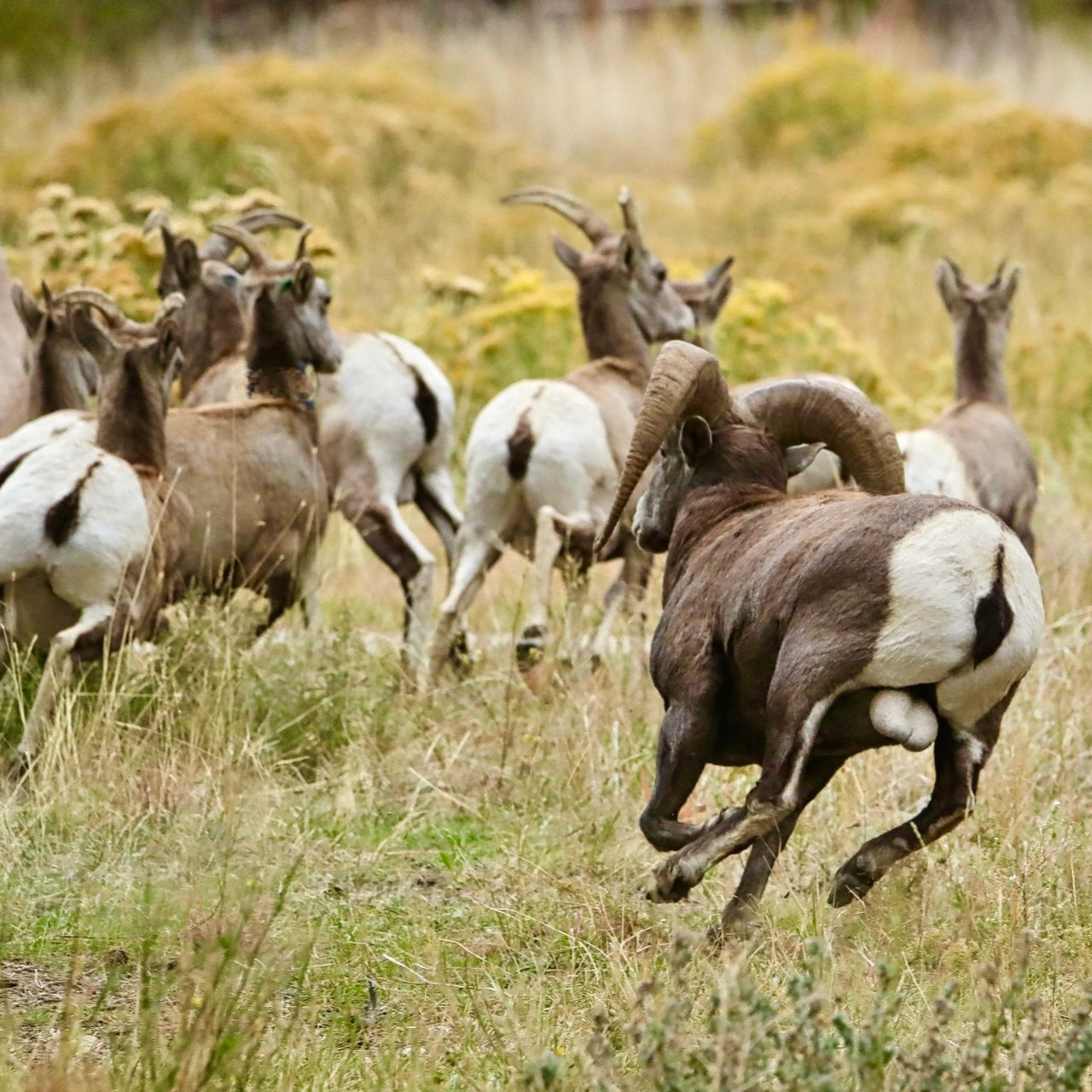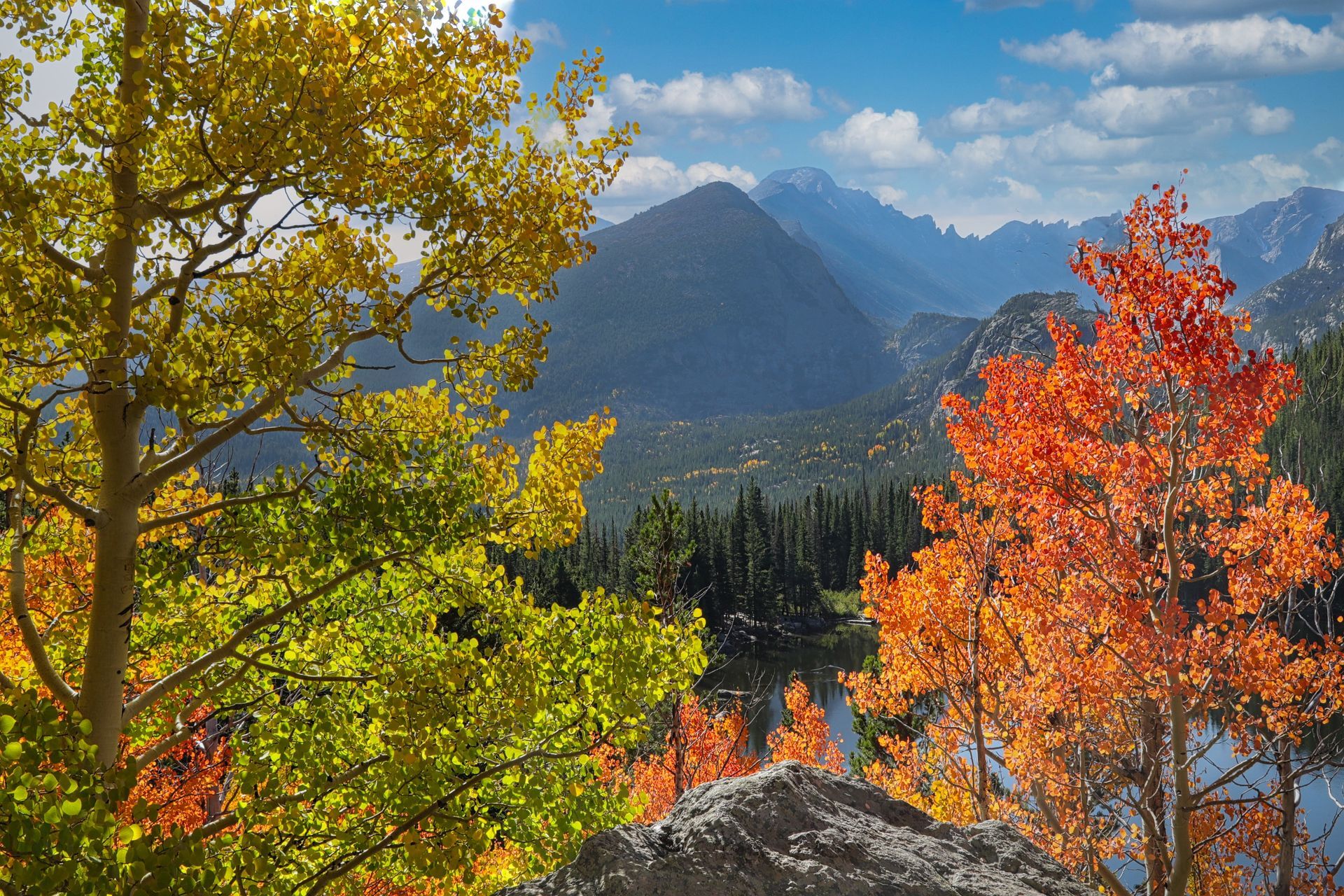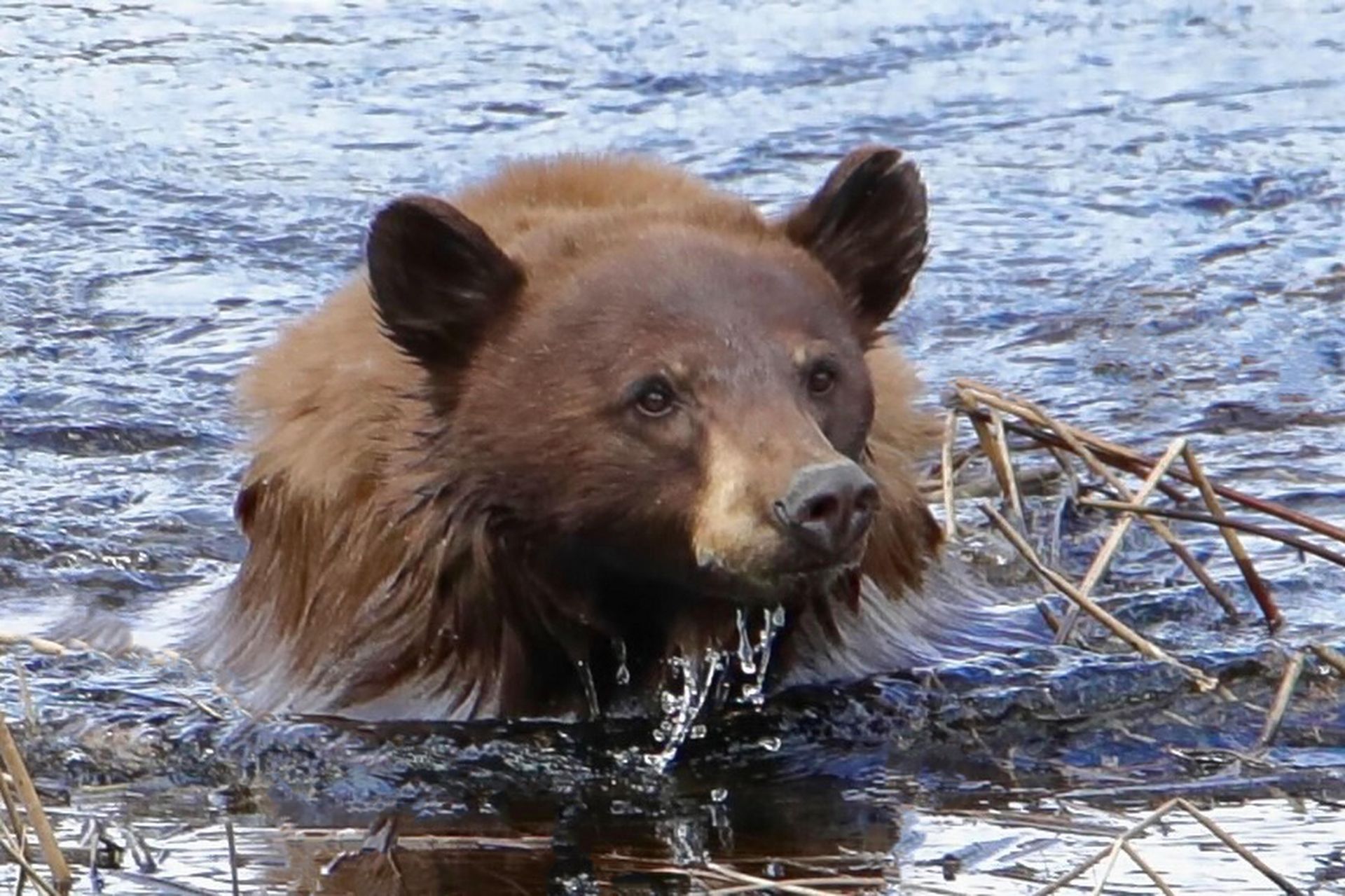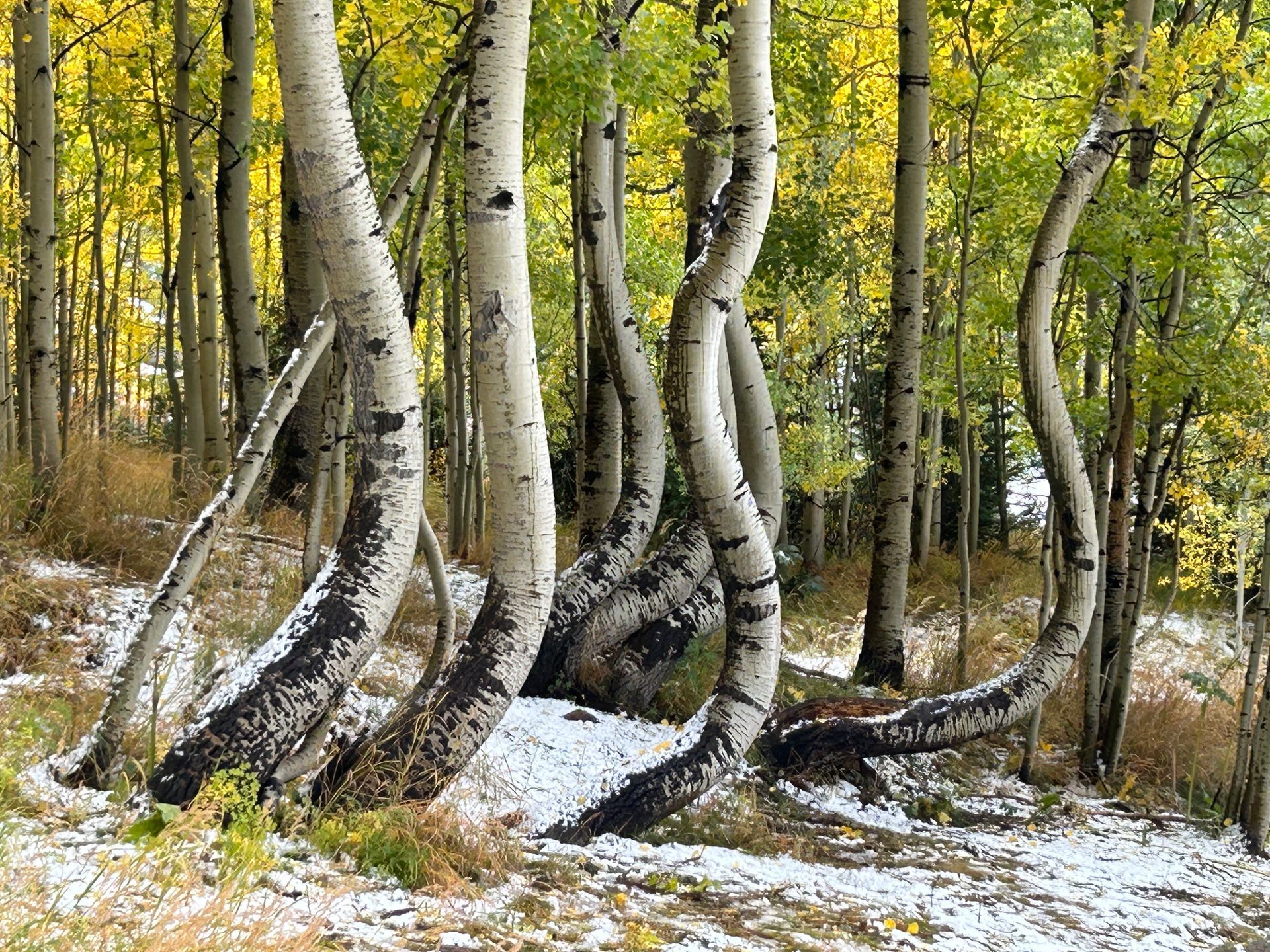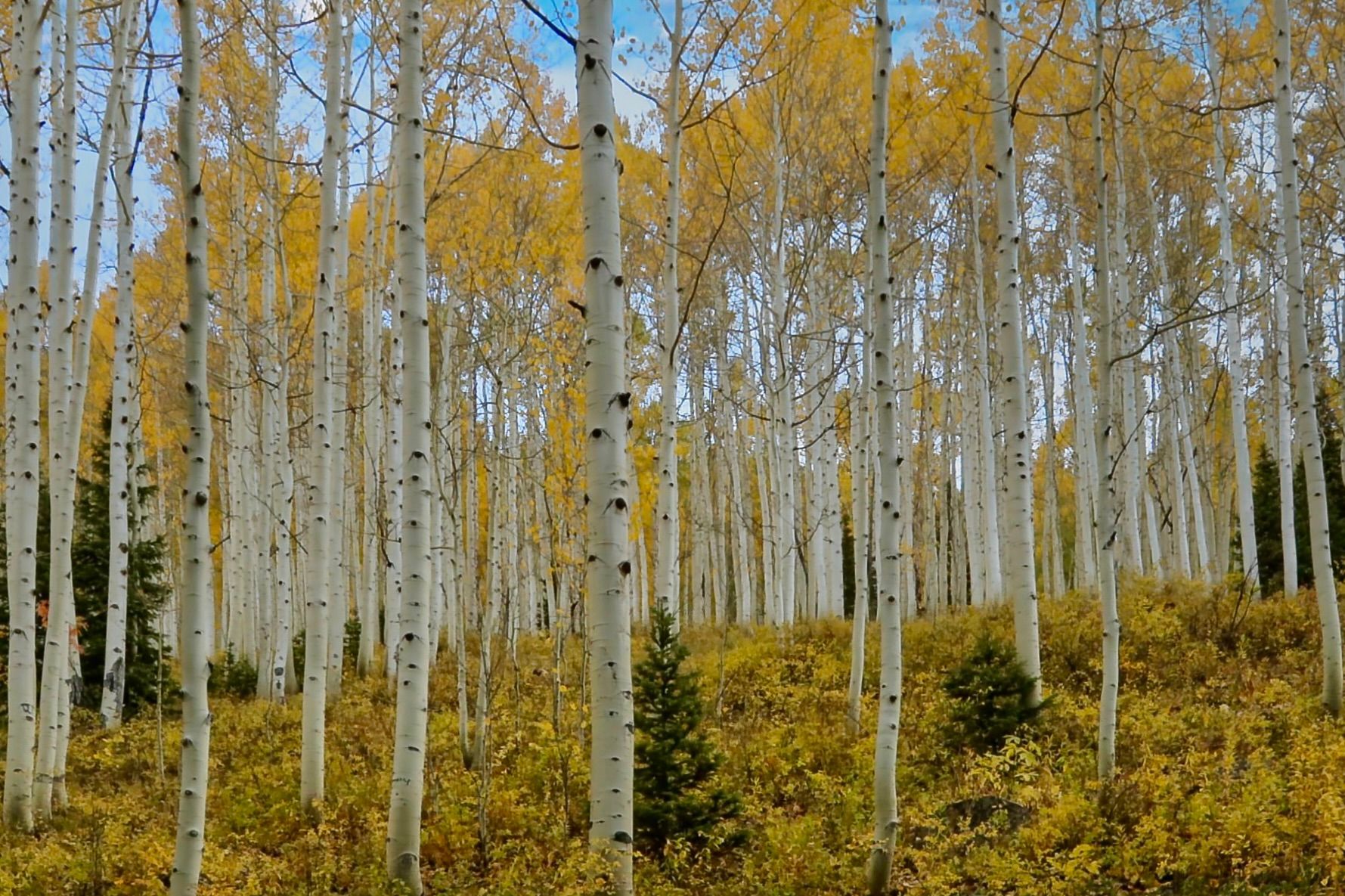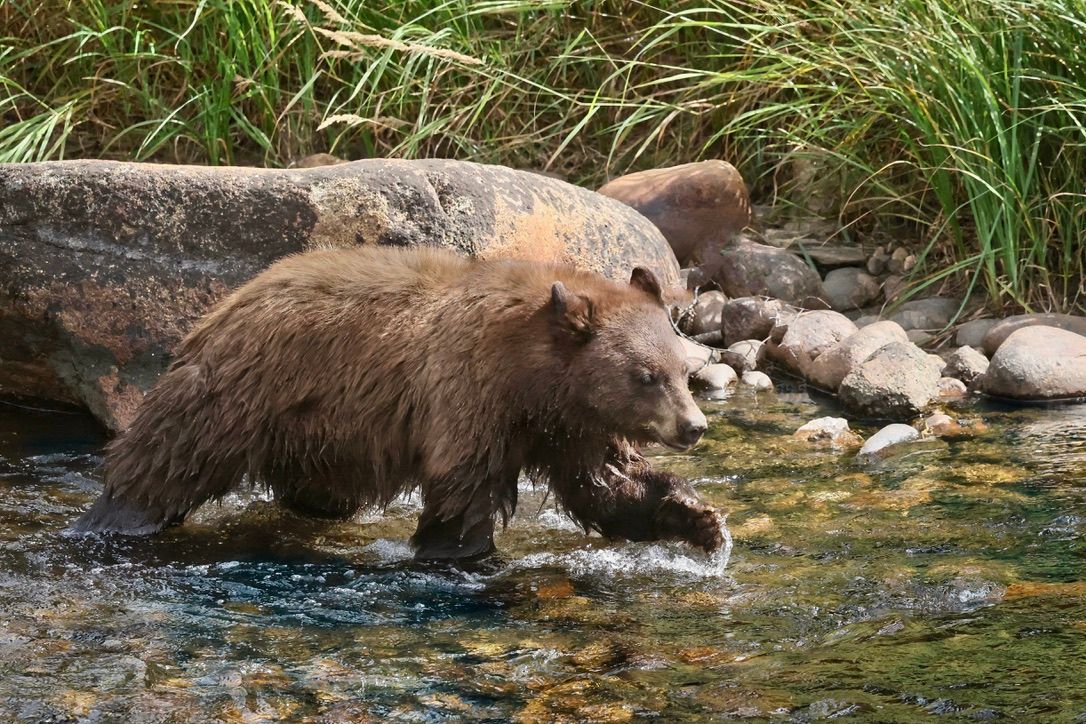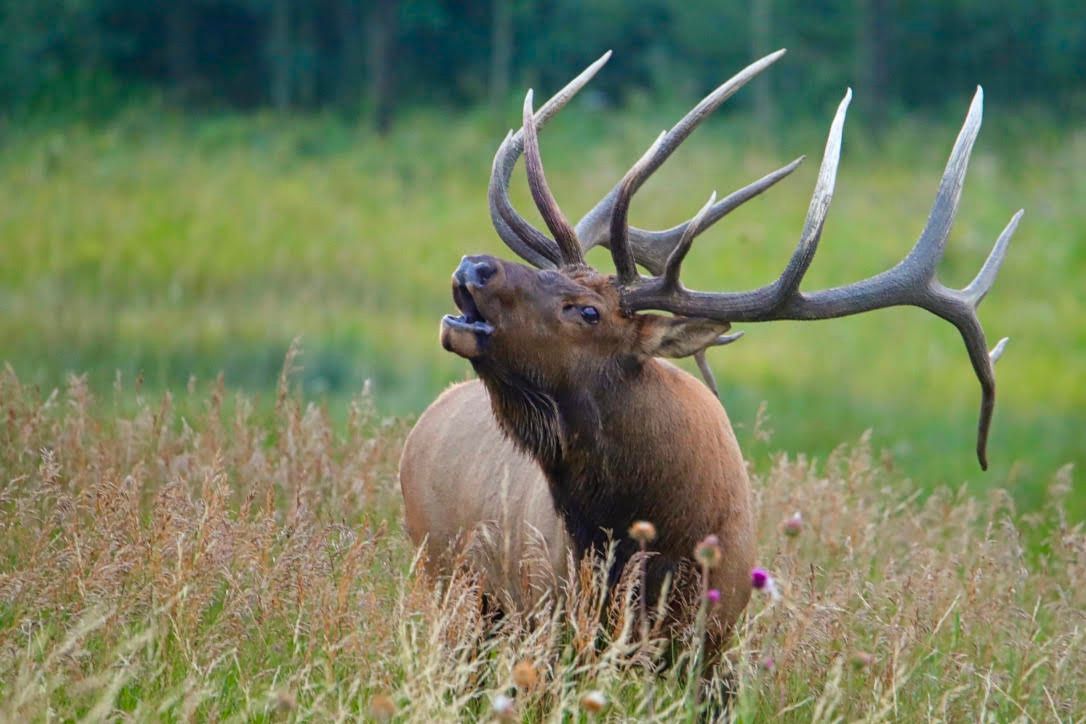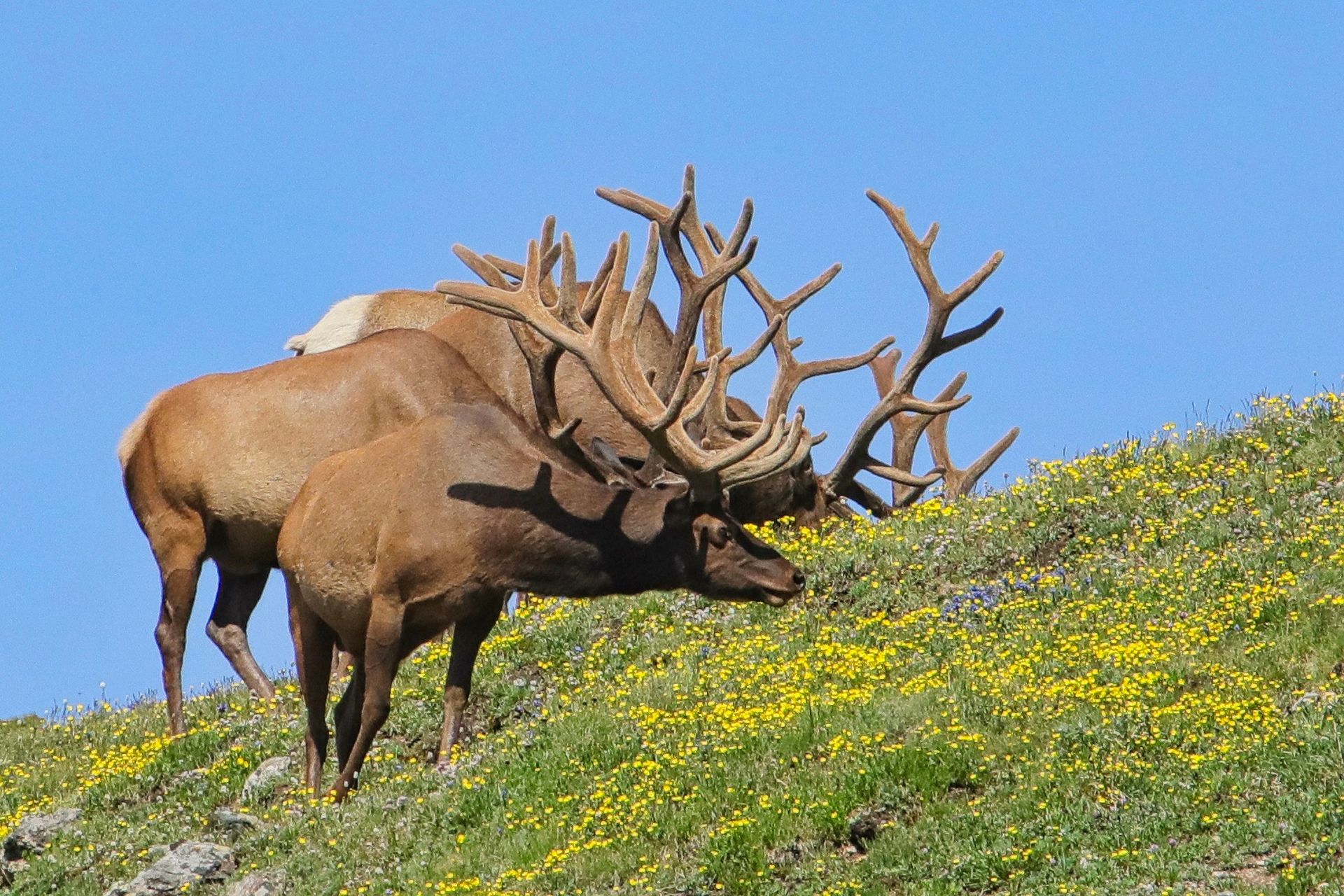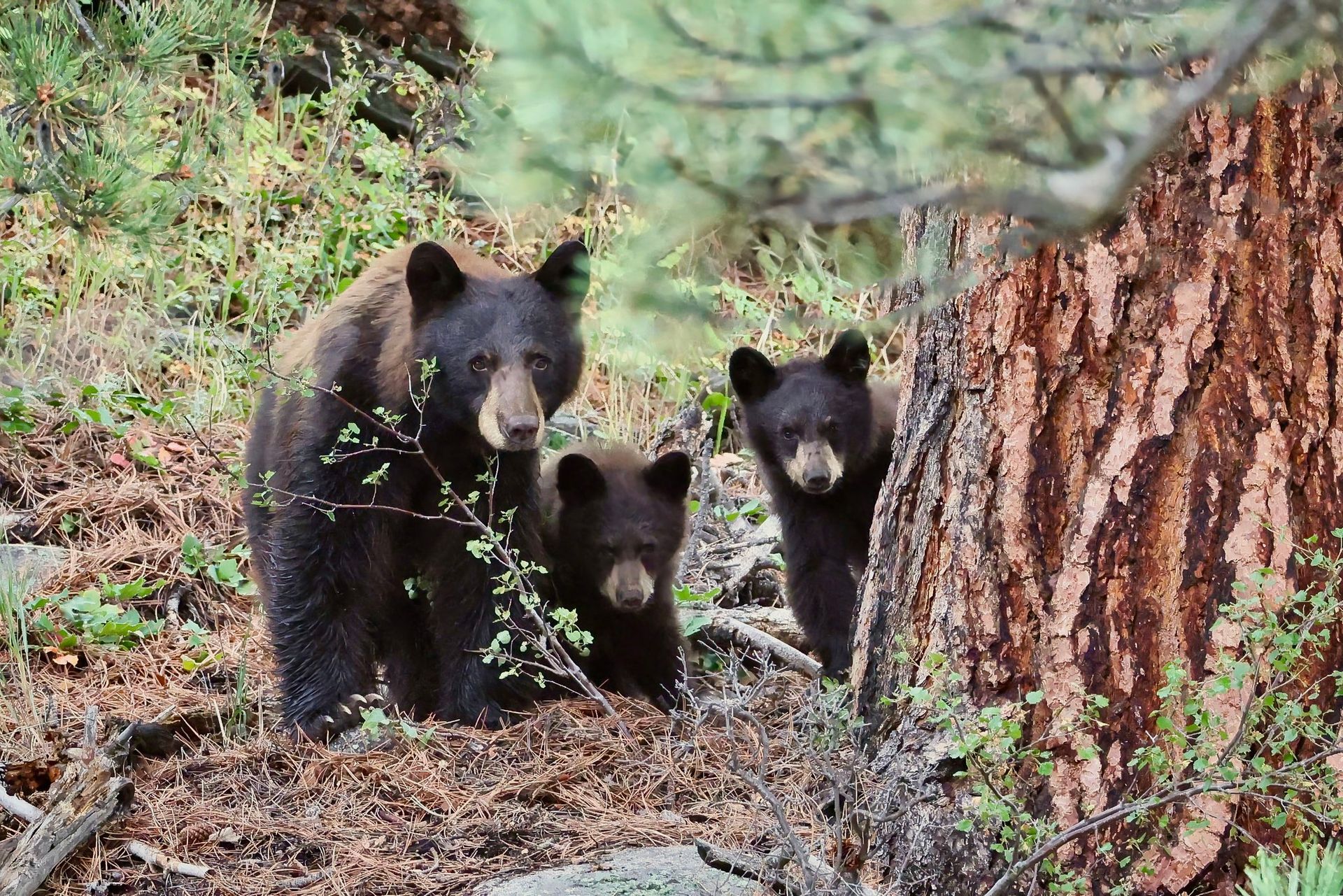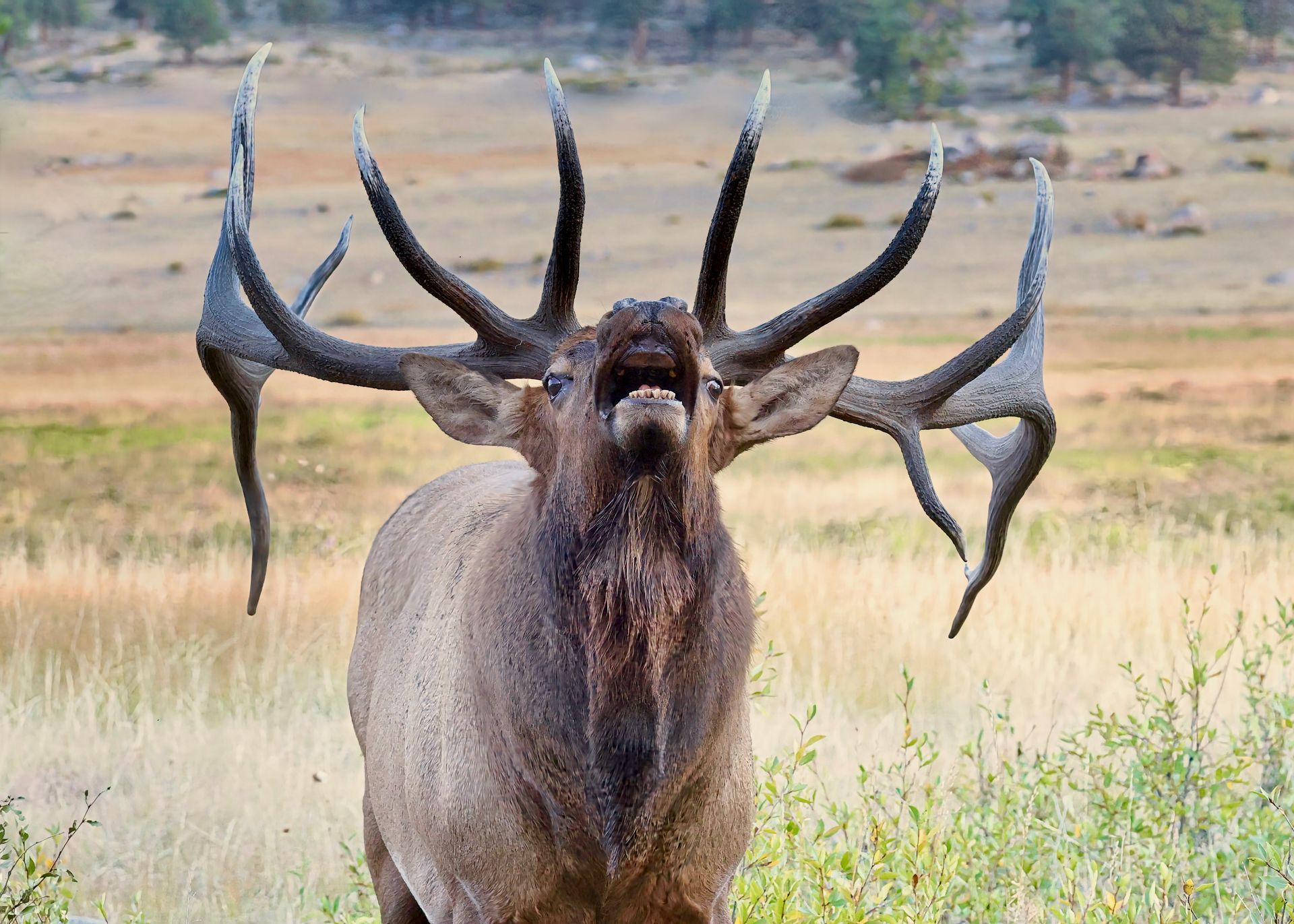Bighorn Sheep Season
It Was Time to Focus on Bighorns
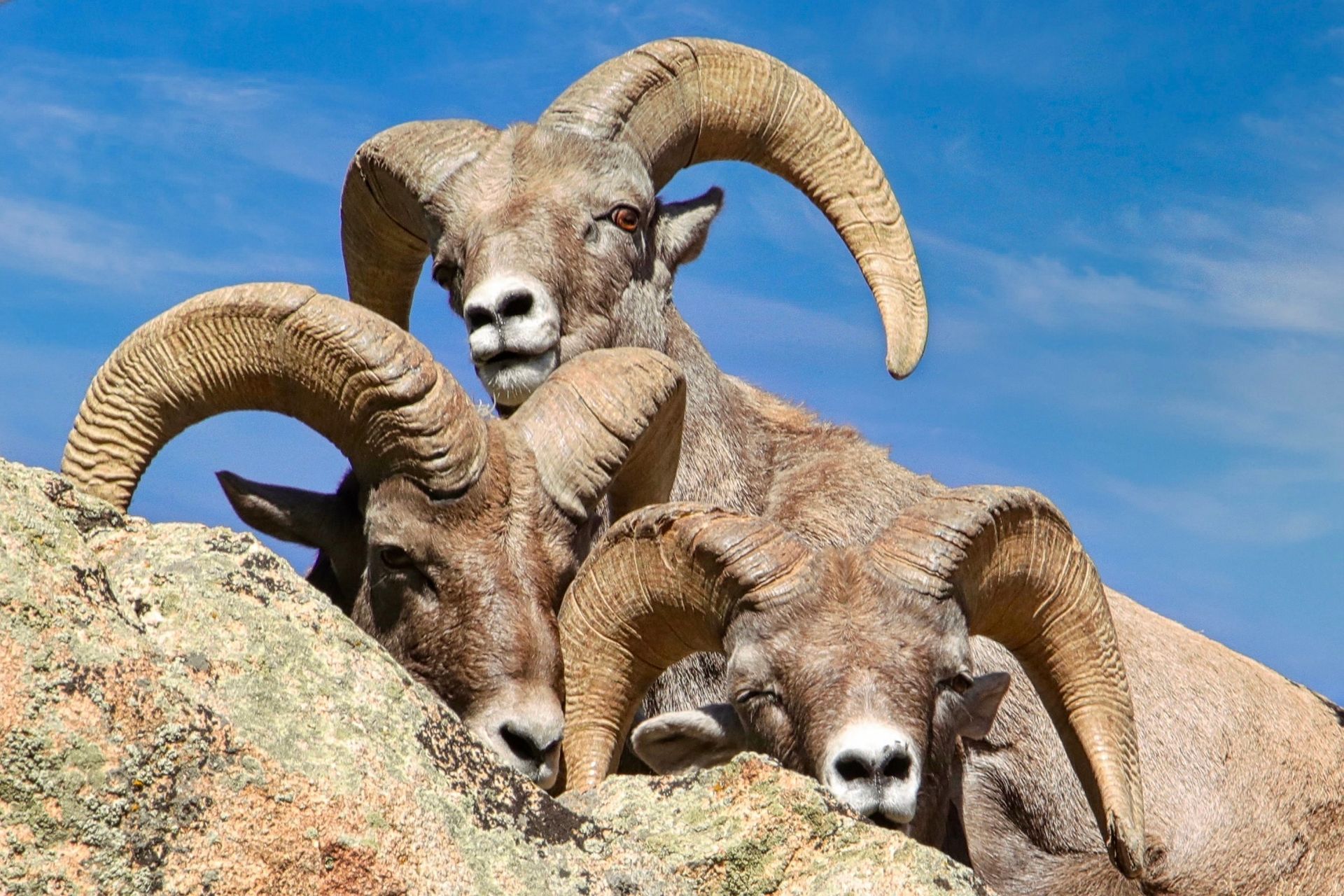
It was the middle of October. The yellow leaves had left the trees, now blanketing the ground. The moose had disappeared, moving into the forest for the rut. The elk had finished their rut, and could be found in Bond Park entertaining tourists or blocking the fairways of the local golf course. Driving through RMNP, I could find deer but mostly what I saw was the year-round scenic beauty.
Yet, I am primarily a wildlife photographer, so looking for wildlife was what I was doing. Seeking some understanding, I looked at my computer’s photo files. Five years of review showed the dates I had captured bighorn sheep during their rut. All the images taken along the Big Thompson were between October 6 and November 16. Clear evidence it was time to focus on the bighorns.
From my files, I learned that on November 4, 2020, I had come around one of a hundred curves in the highway to find a group of bighorn sheep. The ewes were led by two rams with three-quarter curled horns. Pulling to the side of the highway, I watched them cautiously cross from the south to the north and down to the Big Thompson River. Grabbing my camera, I followed at a safe, respectful distance.
There were hints of ice along the edge of the river. The rams stood on the bank surveying the location for crossing. Cold, I thought. These rams can handle the icy waters. Then they proved it. One ram crouched and sprung. Leaping outward over the water, he splashed into the blue halfway across the river.
One by one, the other ram and ewes followed, springing outward in the winter temperatures. Powerful leaps were meant to reach into the river where they swam to the other sidemwhere the brown grasses drew them to feed. Capturing the sheep in flight was incredible, yet not perfect. Mostly images of their backside. Still, cool pictures.
The following year in early October, I got lucky. Mid-morning, I spied a herd of sheep not far up on a hillside. There were rams, nice ones, grouped together on the rocky outcropings. Pointing my camera upward, even with the mid-morning sun high in the sky, the colors were rich. Time and again the animals posed, checking me out as I photographed them. Once home, I was thrilled with the handsome ram images captured.
In 2021, I had captured my best bighorn pictures, so on October 16, 2022, I was again searching along the river excited to photograph more. That morning, I found the largest herd I’d seen. Probably forty bighorn in an open area, the rut active with rams chasing ewes.
Showing the flehmen response, the rams curled their upper lip and inhaled deeply. This action transferred scents to a special organ in the roof of their mouth gathering information about a ewe's reproductive status. Then they would take flight, chasing the ewes, seeking out those ready to mate.
Two years later tragedy struck. The Alexander Mountain Fire started on July 29, 2024, burning up the Big Thompson Canyon, uncontained for nearly three weeks. The Alexander Mountain Fire resulted in the deaths of many bighorn sheep, a local game warden reporting that nearly half of the herd died directly from the fire.
As a result, the sheep were hard to find that fall, not so many in the canyon as in past years. On November 16, 2024, I was able to find a small herd in the narrows. Moving among the rocky cliffs, the rugged habitat allowed them to escape predators like coyotes, mountain lions, and bears. Hopping undeterred up the cliff, the inner part of the sheep’s hooves provided a soft and pliable suction-cup like grip to the rock’s surface.
That was the year I also saw the chocolate ram. "Chocolate" colored bighorn sheep are considered unusual in Colorado. Bighorn sheep naturally have brown or grayish-brown coats, but a distinctly rich chocolate brown coat is considered an uncommon color variation. He was a bold, dynamic, and uniquely beautiful ram.
Still, it was sad that the numbers in sheep had dwindled at the hand of a careless human responsible for starting the Alexander Mountain Fire.
This fall, with the colors and wildlife sightings dwindling in RMNP, I once again went in search of the bighorn sheep. My success was fleeting, though I was able to capture several ewes and two nice rams. The lighting was harsh, the images not so amazing, but I was relieved that this small herd lived healthy fourteen months after the fire.
Today, there are an estimated 350 bighorn sheep in RMNP, 7,000 in Colorado. While individual herd populations vary, the statewide numbers are stable. This is the result of decades of conservation efforts that have helped the species rebound from near extinction at the turn of the 20th century.

